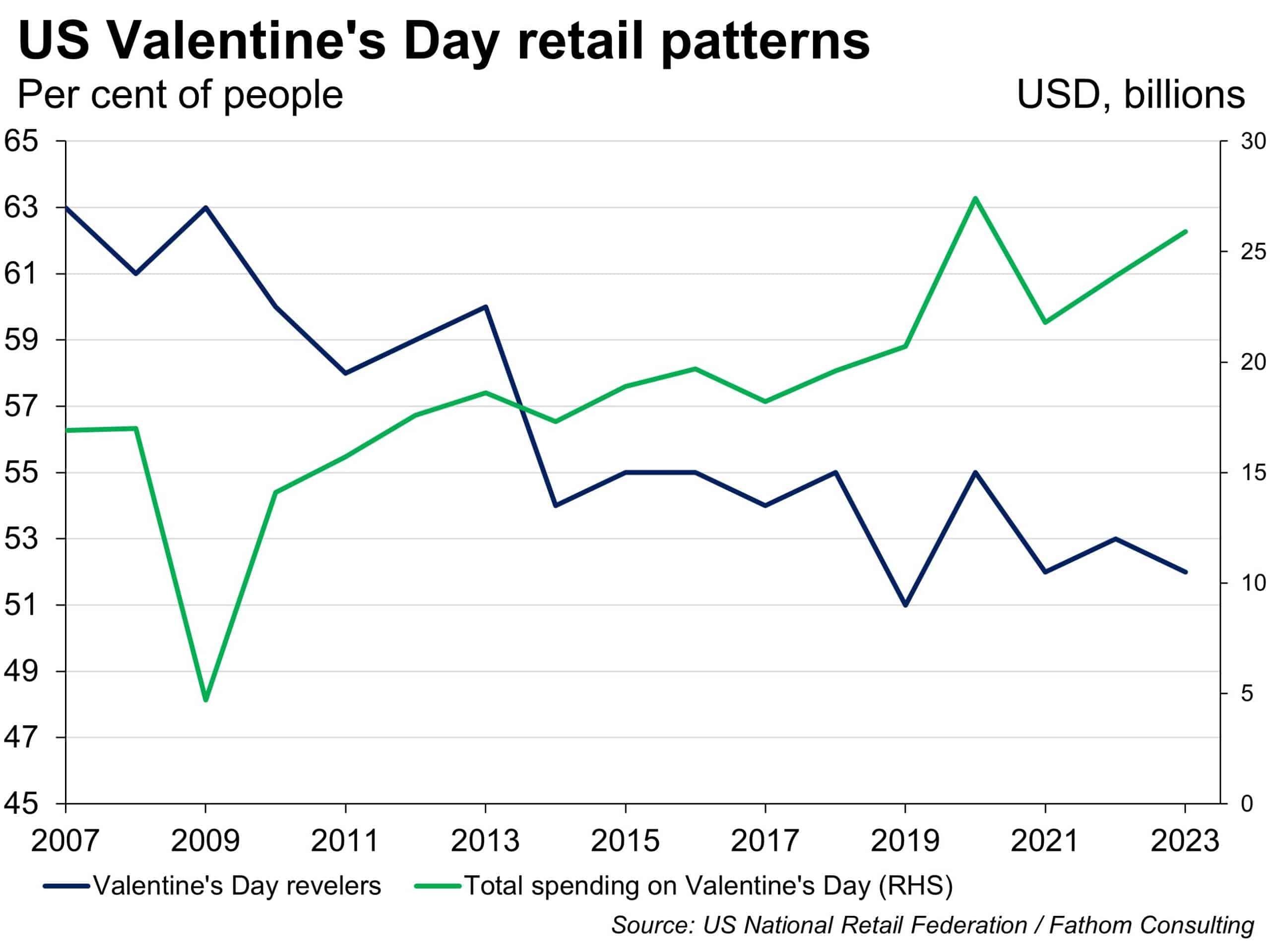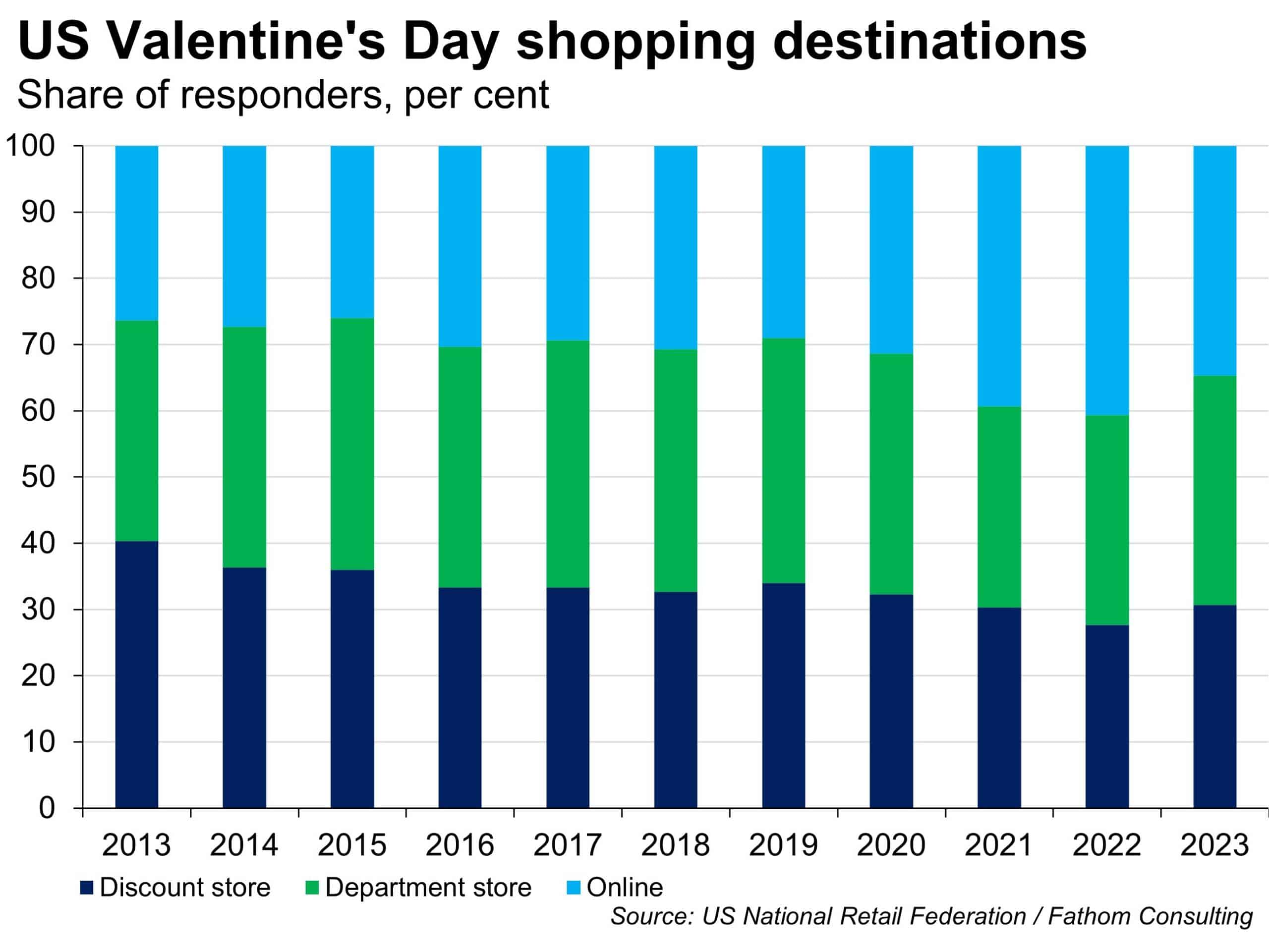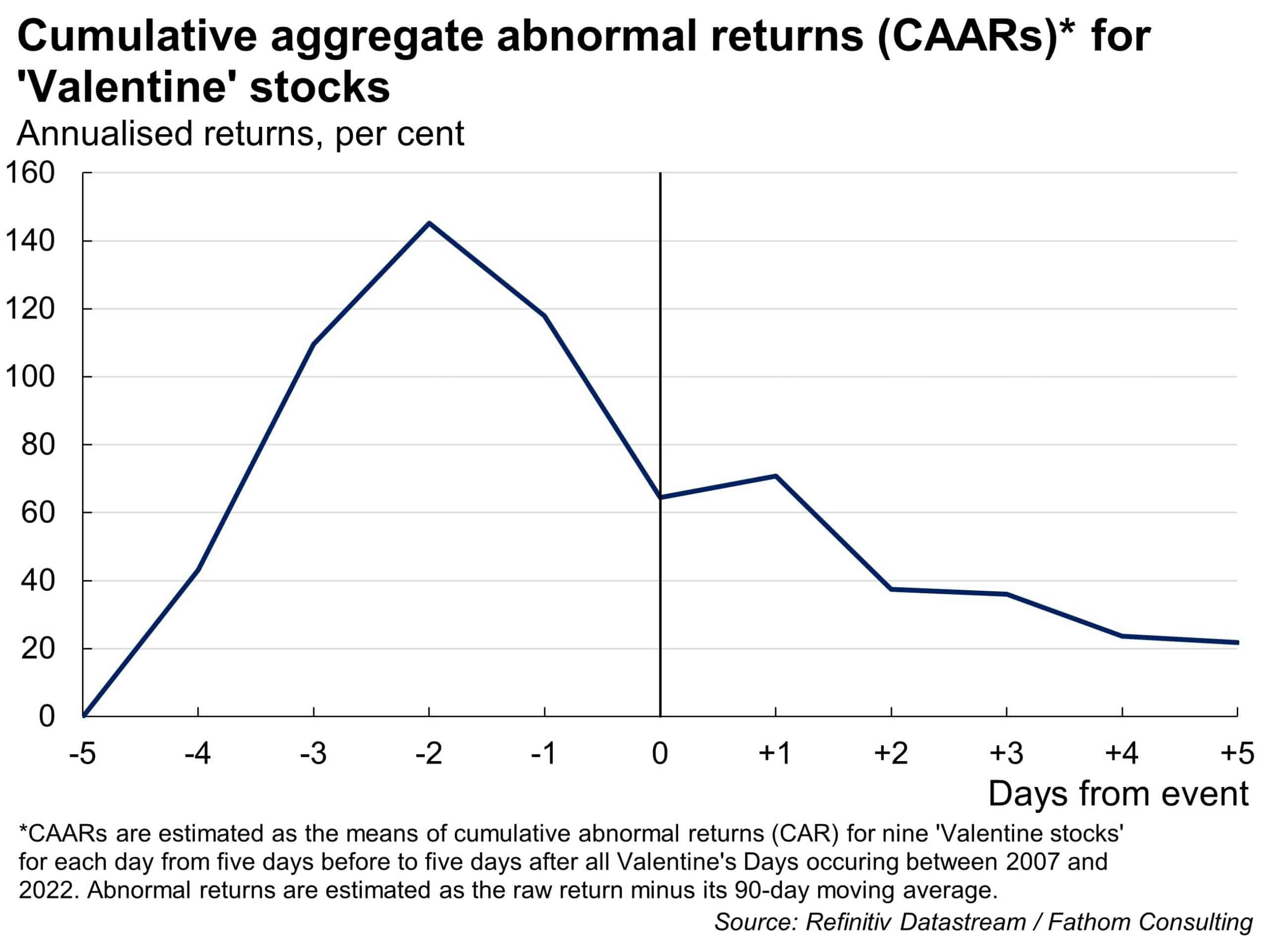A sideways look at economics
For the many people who feel the need to splash out on flowers, chocolate, dinner, and everything else that comes along with Valentine’s Day, it must feel like an obvious conclusion that the holiday was devised by marketing gurus. Holidays like these are surrounded by little conspiracy theories: St. Patrick’s Day has been plotted by beer companies, Easter and Halloween are obvious marketing stunts by Hershey’s, Cadbury and Mars. So, who ultimately ‘stole’ Valentine’s Day?
When Valentine’s Day approaches, and even your two-year old niece has to wear a red top to go to nursery, it is easy to be sceptical of its origins. Especially when year after year we are bombarded with advertising for ever smaller but more expensive heart-shaped chocolate boxes, jewellery so gaudy it could fit into King Charles’s coronation crown, and red-and-white floral arrangements at prices that make even weddings look cheap. You do not need to be Agent Mulder from The X-Files to think that there is a conspiracy to separate you from the money in your bank account.
Most conspiracy theories have little supporting evidence at best. On the contrary, there is ample evidence supporting the idea that Valentine’s Day is a commercial construct. Last Tuesday is expected to have created $26 billion in economic activity, according to the National Retail Federation. This figure has been rising relentlessly since the end of the Global Financial Crisis; and strikingly, all this upward climb has been on the back of the spending made by fewer people! Either the 51 per cent who said that they celebrate the day spend serious bucks, or the other 49 per cent includes some too embarrassed to admit they care about Valentine’s Day.

These kinds of data lend enough support for one to argue that Valentine’s Day is a big money-maker for a handful of industries, including department stores, online retailers and discount stores (for thrifty lovers) in pretty much equal measure. Either by luck or, as a cynic might say, by design, the pandemic did not create a ‘new normal’ for Valentine’s Day spending — companies that traditionally reaped the benefits of the day carried on raking it in. Profit margins were maintained at brand names such as Tiffany & Co., Christian Dior, Hershey’s, Cadbury, Lindt, Victoria’s Secret and Calvin Klein, and also at online organisations like Amazon that make a fuss about minor holidays as a way to boost profitability.

Irrespective of how much I want to take a dig at the capitalistic forces behind Valentine’s Day (and I really, really do), I cannot claim that it is completely invented. The holiday itself has been overly commercialised, much like Christmas, but the day is not wholly a fabrication put together by flower billionaires, chocolate tycoons or lingerie barons. Instead, its real history can be traced back to ancient Rome. Yes, as a proud Greek it pains me that Greece is not the birthplace, but I am happy that my colleague, Andrea Zazzarelli, can justly claim that his ancestors concocted Valentine’s Day.
The true roots of Valentine’s Day can be found in a Roman celebration called Lupercalia, which occurred every year between February 13 and 15. As a part of a fertility ceremony, men would sacrifice goats and dogs, skin them, then whip women with the hides. Fast forward to the early years of Christianity, and the Roman emperor Claudius II had a priest named Valentine executed on 14 February. Before he died, the priest managed to write a letter to the jailer’s daughter, whom he had miraculously healed from blindness, signing it off with ’From your Valentine…’. The priest was eventually declared a martyr by the Catholic church — offering us the name St. Valentine’s Day.
In Victorian times, the holiday gained popularity as lovers began exchanging handmade cards and gifts. Valentine’s Day assumed commercial form in the early 20th century (1913 to be precise), when Hallmark started mass-producing cards declaring love, kicking off the extravaganza of lurve we witness and, in some cases, participate in today. Now, the commercial aspect of the day has become so embedded that the infamous wolves of Wall Street make or lose fortunes around it. A simple event-study reveals that trading in ‘Valentine stocks’ around Valentine’s Day could mean a price gain as much as 120 per cent higher than the norm, in annualised terms, within the four trading days before 14 February. (If you want to know what these Valentine stocks are, there is a table below.) Betting on the expectation that the many people who celebrate will spend money on gifts from ‘Valentine companies’, an investor can potentially make more in the few days before the holiday than from years of investing. The hype is short-lived, and the overreaction means that if the investor does not get out of these stocks swiftly, the treasure slips away. That is a textbook market bubble: betting on the spending spree woven into the holiday by successful marketing.

Thankfully, Valentine’s Day does not include animal sacrifices and executions anymore. But it still is a big deal for many people: $26 billion in spending and a stock market making or losing fortunes around it do not lie. Some might say that I am unduly cynical about the holiday. As a recently married man, this is probably true; but I appreciate that it is a big business, and that many sellers rely on the revenue spike it provides to stay afloat. So, if not for Wall Street, then for the sake of the florist and chocolatier around the corner, take off your tinfoil conspiracy theorists’ hat and buy a rose or share a chocolate, knowing that the day itself is more about sacrifice than about pulling off a successful marketing trick.
Appendix: List of 'Valentine stocks' and brands
| Listed company | ||
|---|---|---|
| Mondelez international | Cadbury, LU, Milka, Cote D'Or | 2007-2022 |
| Chocolatefabriken Lindt & Spruengli | Lindt, Ghirardelli, Russell Stover, Gaffarel | 2007-2022 |
| The Hershey Company | Hershey's, Reese | 2007-2022 |
| Christian Dior | Christian Dior | 2007-2022 |
| Hermes international | Hermes, Saint-Louis | 2007-2022 |
| Louis Vuitton | Tiffany & Co., Luis Vuitton, Moet, Bulgari | 2007-2022 |
| Victoria's Secret | Victoria's Secret | 2021-2022 |
| PVH Corporation | Tommy Hilfiger, Calvin Klein, True&Co | 2007-2022 |
| Amazon.com | (reseller) | 2007-2022 |
More by this author
Is democracy any good? Ask investors
The story of a cultural reserve currency
Strawberries are not the only juicy prospects at Wimbledon